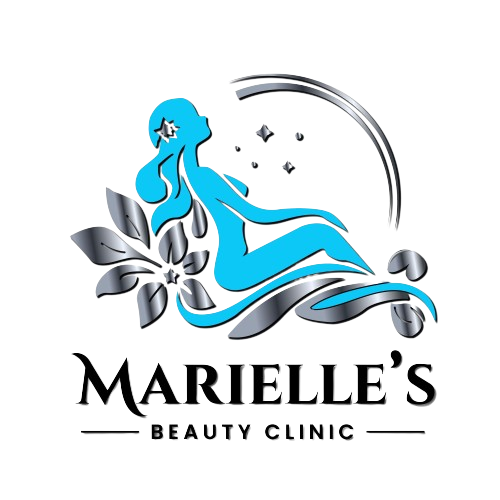Dermaplaning?
What Is Dermaplaning?
Dermaplaning is a minimally invasive cosmetic procedure for your skin. Your healthcare provider uses a special instrument to shave away the uppermost layers of your skin. Dermaplaning can help reduce the appearance of acne scars or other skin imperfections by revealing newer, undamaged skin.
- Dermaplaning is a cosmetic procedure that removes the top layers of your skin. The procedure aims to remove fine wrinkles and deep acne scarring, as well as make the skin’s surface look smooth.
- Dermaplaning is safe for most people, with little risk of side effects when it’s performed by a certified dermatologist.
- This procedure doesn’t require any downtime for recovery, which makes it extremely convenient. The most difficult part may be finding a trained provider who can administer this treatment.
- Dermaplaning isn’t covered by insurance, and sessions can run between $150 and $250 each.
- Dermatologists say this treatment is effective for people looking to make their skin appear more youthful, smooth, and bright, but results typically only last three weeks.
Dermaplaning can be used for any skin type and anyone with:
- acne scars
- dull skin
- dry skin
- sun-damaged skin
- fine wrinkles

The Procedure
During a dermaplaning procedure, you shouldn’t feel any pain. You may feel a tingling sensation during the treatment.
First, you’ll lie down on your provider’s chair in a clean, comfortable room. Sedation options may be available, and these often include a numbing spray or local anesthesia combined with an oral sedative or rarely general anesthesia.
After you’re relaxed, your provider will use an electronic or manual dermaplaning tool to scrape over your skin at a 45-degree angle. This will continue for 20 to 30 minutes, on average, as your provider gently works to exfoliate the skin.
After the treatment is finished, your provider will soothe your skin with a substance like aloe. They will also apply sunscreen to protect your face.
Risks and side effects
During a dermaplaning procedure, you shouldn’t feel any pain. You may feel a tingling sensation during the treatment.
First, you’ll lie down on your provider’s chair in a clean, comfortable room. Sedation options may be available, and these often include a numbing spray or local anesthesia combined with an oral sedative or rarely general anesthesia.
After you’re relaxed, your provider will use an electronic or manual dermaplaning tool to scrape over your skin at a 45-degree angle. This will continue for 20 to 30 minutes, on average, as your provider gently works to exfoliate the skin.
After the treatment is finished, your provider will soothe your skin with a substance like aloe. They will also apply sunscreen to protect your face.
Experience The Best Dermaplaning With Marielle's Beauty Clinic
Dermaplaning is good for people who don’t have any severe skin issues, such as eczema, psoriasis, rosacea, or acne. It can help even skin tone, brighten a dull complexion, and remove unwanted facial hairs. What is the downside of dermaplaning? Risks to dermaplaning include breakouts, cuts, and scarring.






Frequently Asked Questions
It can irritate the skin
Dermaplaning is typically a simple process, but accidents happen. “There is a risk of cutting or nicking the face,” Bankson says. “If you scratch the face, it could cause a cut or scar.” Bankson suggests using a sharp razor with a safety blade or going to a professional if you’re nervous.
Dermaplaning is similar to shaving in that both use a blade to remove unwanted facial hair, but the similarities stop there. While the dermaplaning treatment rids the skin of the fine vellus hair (peach fuzz), it also encourages skin cell renewal and leaves the face looking refreshed and more youthful.
Patients frequently believe that their facial hair would regrow thicker and darker following dermaplaning. We want to reassure you that this is untrue. Only hormonal changes or imbalances can cause a person’s hair to change color or thickness.
Dermaplaning is a low-risk procedure. Side effects may include slight redness in your face in the hours after getting the treatment. Some people develop whiteheads on their skin in the day or two after dermaplaning. Infection and scarring are rare after dermaplaning, but they do occur.
Waxing is more effective for facial hair removal and longer lasting results. It removes the entire hair follicle for up to 6 weeks of smooth skin. Dermaplaning only affects superficial hairs on the epidermis. It can’t significantly reduce coarse, terminal hairs like on the upper lip or chin.
t’s common to feel a little stubble as your hair starts growing back in after dermaplaning. This doesn’t mean that your hair is thicker or more coarse. It has to do with the way each hair was cut straight across. The hair feels different to you, but it’s the exact same texture and color as it was before dermaplaning.



